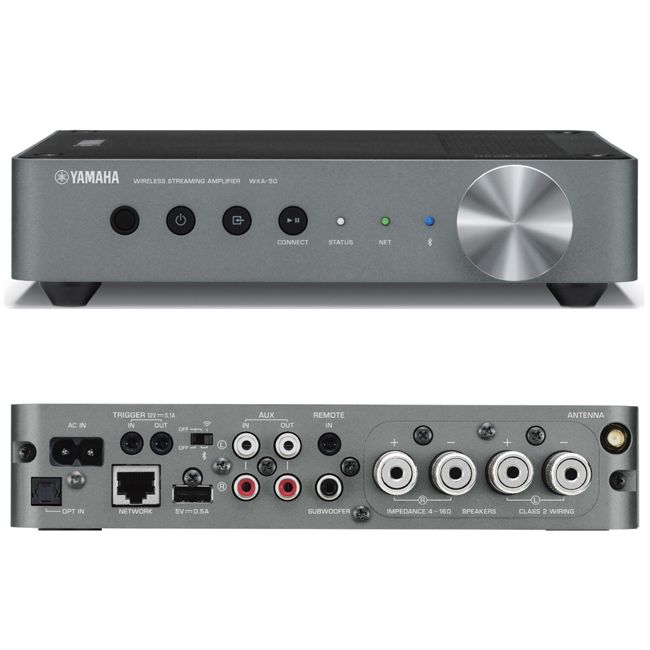How Does an Amplifier Work?
The power from the 110-volts is sent to the section of the amplifier – known as the power supply – where it is converted from an alternating current to a direct current. Direct current is like the power found in batteries; electrons (or electricity) flows only in one direction. Alternating current flows in both directions. From the battery or power supply, the electrical current is sent to a variable resistor – also known as a transistor. The transistor is essentially a valve (think water valve) that varies the amount of current flowing through the circuit based on the input signal from the source.
A signal from the input source causes the transistor to reduce or lower its resistance, thereby allowing current to flow. The amount of current allowed to flow is based on the size of the signal from the input source. A large signal causes more current to flow, resulting in greater amplification of the smaller signal. The frequency of the input signal also determines how quickly the transistor operates. For example, a 100 Hz tone from the input source causes the transistor to open and close 100 times per second. A 1,000 Hz tone from the input source causes the transistor to open and close 1,000 times per second. So, the transistor controls level (or amplitude) and frequency of the electrical current sent to the speaker, just like a valve. This is how it achieves the amplifying action.
How Does an Amplifier Work ?

Tags: Blog
